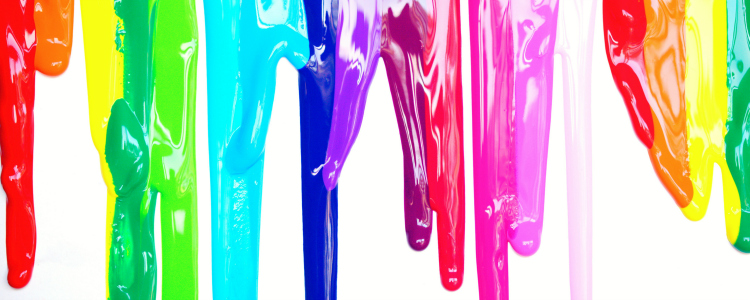“But I’m just not that artistic!” is something I hear frequently in practice with individuals working through their eating disorder recovery. You don’t have to consider yourself “artistic “to use creative expression as a coping mechanism in your recovery journey. Art in its many forms can serve as a positive way to cope or as a distraction from the eating disorder voice in your head.
Art can also challenge your inner perfectionist voice. You know, the one that ED uses to tell you that you are not good enough? Yes, this voice also may tell you that that you are not creative enough. Working through these doubts and seeing the end result you create reinforces that this simply is not true. Art does not have to be perfect, there is no right or wrong way to create. Practicing being free and non-judgmental in your art can help to strengthen your recovery mindset. You ARE good enough. Exploring your creativity with art can assist you in celebrating the perfectly ‘imperfect’ you.
Ways art may help you in your journey of recovery:
Using art as a distractor: We all need distractors from the noise in our minds caused by worries and anxieties. Doing something creative can fill your mind with positivity, leaving less room for the ED voice.
Art as expression: Use your creativity to represent how you feel. Sometimes it can be difficult to explain how you are feeling using words, and art can be a tool of expression or an outlet for your emotions.
simple ways to bring art into your daily life:
Coloring books: Coloring is a mindless, soothing, distracting activity. Adult coloring books are popular, but traditional children’s coloring books work too!
Mandalas: Try free printable mandalas like those found HERE.
Doodling or zentangles: Creative doodling or learning the art of zentangles can soothe you with repetitive patterns.
Water color paints and watercolor paper: There is something so soothing about watching the colors blend and melt together on the paper. No rules, rhyme, or reason.
Acrylic paints: Just put the paint to the paper and see what happens!
If you find that art is something you enjoy, and it works in a positive way for you, consider making an art journal as a collection of your artistic creations. An easy way to do this is to use a blank journal or by giving an old hardback novel a new purpose by filling the book pages with expressions of art. This can include painting, sketching, doodling, and collaging as well as collecting positive quotes, pictures or affirmations to include in your art.
Happy creating!
Emily B. Masciulli, DSW, LCSW is a graduate of the Temple University Master of Social Work program and received her Doctorate in Clinical Social Work (DSW) from the University of Pennsylvania School of Social Policy and Practice . Emily’s clinical social work practice experience has been in a variety of mental health settings and has concentrated on adolescents and families. Her areas of interest and research include eating disorders, anxiety disorders, and incorporating expressive therapy techniques into evidence-based practice.






